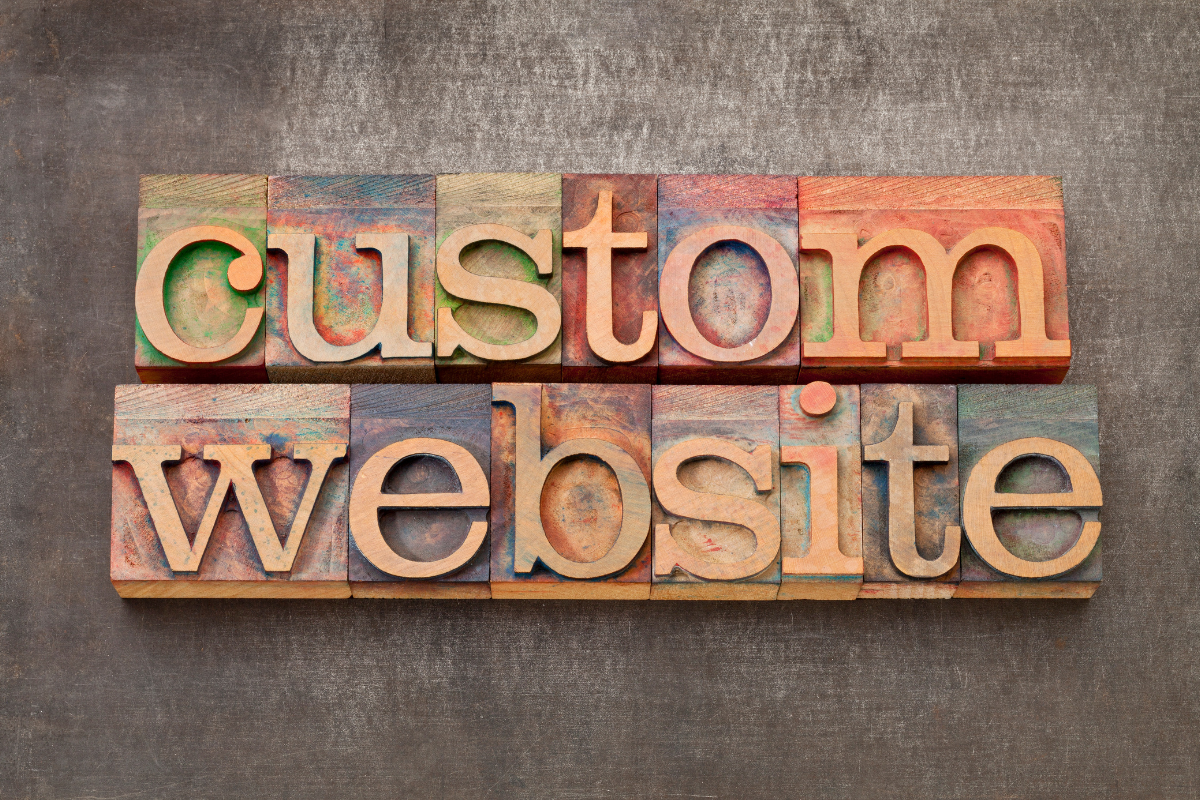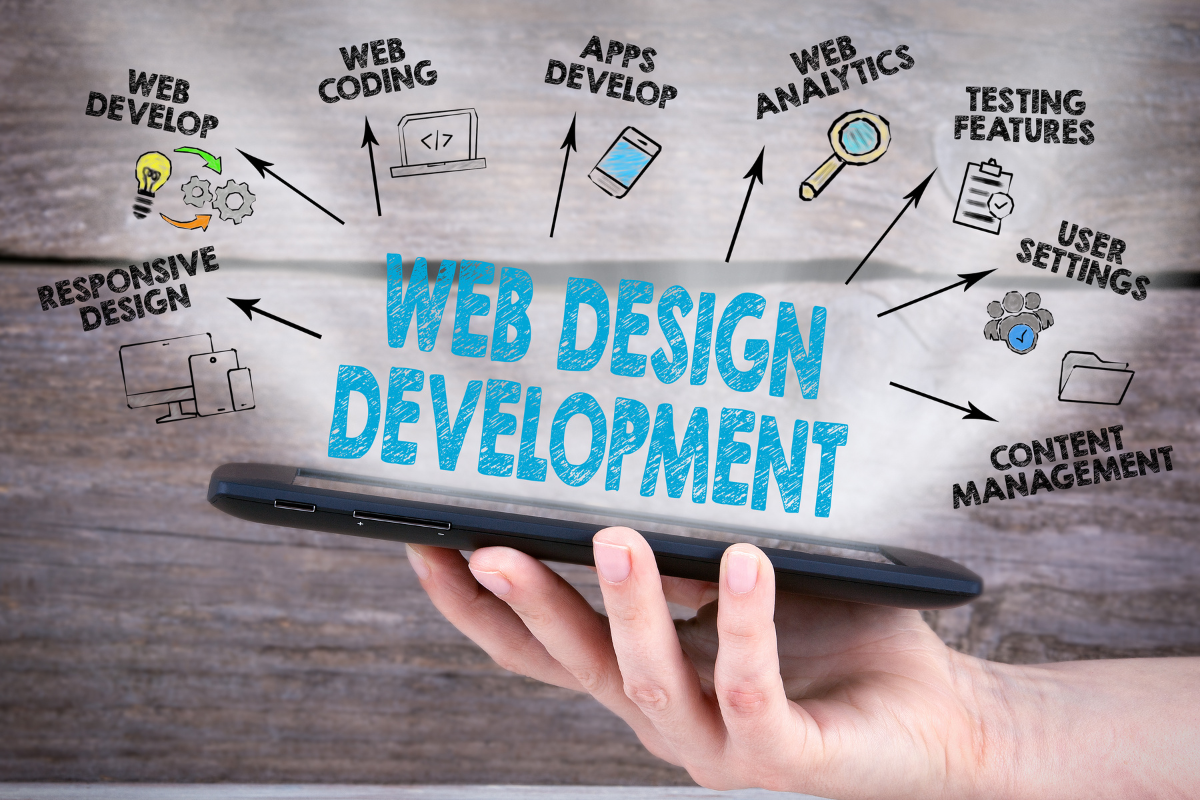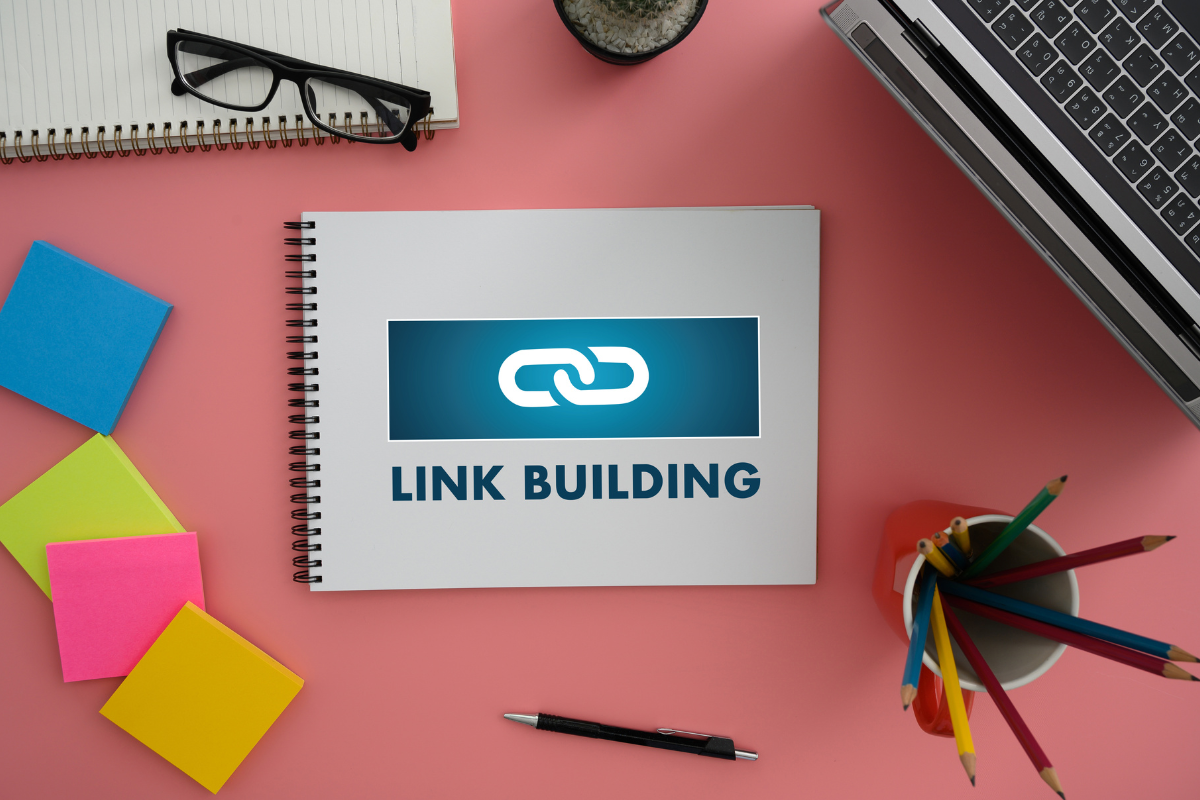
Post Title
Web Design and Development Services Explained: What to Expect in 2024
October 20, 2024
Looking to make your website a real asset for your business? You’re in the right place.
Today, we’ll talk about the importance of good design and development in creating a site that truly engages your audience.
By the end of this, you’ll have a clearer picture of what steps to take next.
Sound good? Let’s get started!
Unraveling the Difference Between Web Design and Development

Understanding Web Design
Web design focuses on the visual and aesthetic elements of a website. It involves crafting layouts, selecting color schemes, and arranging content in a way that appeals to visitors. A well-executed design plays a vital role in creating a positive user experience (UX) and user interface (UI), ensuring that a website is not only beautiful but also easy to use. When executed correctly, design can draw users in, encouraging them to explore further.
Aesthetic appeal is critical when making first impressions. A website serves as the digital face of a business, and a visually stunning homepage can captivate visitors at first glance. However, aesthetics alone won't keep users engaged. An intuitive user interface (UI) incorporates interactive elements that guide users through the site, transforming casual visitors into loyal customers.
Responsive design ensures that these elements function seamlessly across devices, from desktops to smartphones, providing a consistent experience for all users. Additionally, consistent branding throughout the site builds recognition and trust, reinforcing the business's identity.
Delving into Web Development
On the technical side of things, web development is all about creating the infrastructure that makes a website work. This involves coding the site structure, setting up databases, and managing server operations to ensure the site functions smoothly. While web design emphasizes how a site looks, development focuses on how it operates behind the scenes.
Front-end development handles the aspects of a website that users interact with directly, such as the layout, buttons, and forms. Meanwhile, back-end development involves server-side operations, managing databases, and ensuring data flows correctly between the server and the user's browser.
Full-stack development combines the skills of both front-end and back-end developers, offering a comprehensive approach to building a website from the ground up. Regular website maintenance is also crucial, keeping the site updated for optimal performance and security.
Bridging the Gap Between Web Design and Development
Importance of Integration
Integrating web design and development is essential for creating a seamless user experience. When the visual elements of a site align with its technical capabilities, the result is a cohesive and enjoyable experience for users. This integration requires effective collaboration between designers and developers, ensuring that both aesthetics and functionality are prioritized.
Collaborative Practices
Collaboration between web designers and developers is key to achieving a harmonious website. Joint brainstorming sessions allow both parties to share ideas and insights, leading to innovative solutions that enhance the user experience. Using design systems and style guides can streamline this process, providing a common framework for both teams to follow. By working together, designers and developers can create websites that are not only visually appealing but also highly functional.
Defining Roles in Web Projects

The Role of Digital Designers
Digital designers focus on crafting the visual elements of a website, including layouts, color schemes, and typography. Their responsibilities go beyond aesthetics; they also consider the user experience, conducting wireframing, user research, and prototyping to ensure that the design meets the needs of the target audience. By prioritizing aesthetics and user experience, digital designers help create websites that are not only visually stunning but also intuitive and engaging.
The Role of Web Developers
Web developers handle the technical aspects of building a website. Their responsibilities include coding, database management, server-side programming, and optimization. By focusing on the backend and frontend systems, developers ensure that the website operates smoothly and efficiently. Their work is critical for implementing the design concepts created by digital designers, turning them into functional web pages that users can interact with.
The Power of Effective Communication
Effective communication between designers and developers is essential for successful web projects. By understanding each other's roles and responsibilities, both teams can work together more effectively, leading to better outcomes. Clear communication ensures that everyone is on the same page, reducing misunderstandings and fostering a collaborative environment that encourages innovation and creativity.
Tools for Collaboration
To enhance communication and collaboration, web design and development teams can leverage various tools. Platforms like Slack, Trello, and Asana facilitate seamless communication and project management, enabling teams to stay organized and focused. Regular meetings also play a crucial role in enhancing communication, providing opportunities for team members to share updates, address challenges, and brainstorm solutions.
Exploring Web Design and Development Services

Custom Web Design and Development
Custom web design and development offer tailored solutions to meet the unique needs of businesses. These services provide personalized, scalable, and enhanced functionality, allowing companies to stand out in a crowded online marketplace. By opting for custom solutions, businesses can create websites that reflect their brand identity and cater to their target audience.
E-Commerce Web Design and Development
For businesses that operate online stores, e-commerce web design and development focus on creating user-friendly experiences for shoppers. Key features include intuitive navigation, secure payment processing, and efficient product management. By prioritizing these elements, businesses can build online stores that engage customers and drive sales.
Responsive Web Design and Development
In today's mobile-driven world, responsive web design and development are critical for ensuring that websites adapt to various devices. By creating sites that function seamlessly across desktops, tablets, and smartphones, businesses can provide improved user experiences and reach a broader audience. This adaptability is essential for capturing and retaining the attention of users, regardless of the device they're using.
Bespoke Web Design Services
Bespoke web design services offer fully customized solutions tailored to the specific needs and preferences of a business. By providing tailored functionality and unique design, bespoke services enable companies to create distinctive online experiences that resonate with their audience. These services offer the flexibility and creativity needed to build websites that stand out and leave a lasting impression.
Choosing the Right Services
Factors to Consider
When selecting web design and development services, businesses should consider several factors, including budget, project scope, and future growth. By evaluating these aspects, companies can make informed decisions that align with their goals and resources. Choosing the right services ensures that businesses receive solutions that meet their needs and support their long-term success.
Researching Service Providers
To find the best service providers, businesses should research portfolios, testimonials, and case studies. By examining these materials, companies can gain insights into a provider's expertise, style, and track record. Selecting a provider with a proven history of delivering high-quality work ensures that businesses receive top-notch services that meet their expectations.
The Custom Web Development Process

Stages of Development
The custom web development process involves several stages, including discovery, design, development, testing, launch, and maintenance. Each stage plays a crucial role in creating a successful website, ensuring that all aspects are carefully planned and executed. By following a structured process, businesses can create websites that meet their needs and deliver exceptional user experiences.
Consistency and Improved User Experience
Integrating web design and development ensures consistency and enhances the user experience. By aligning visual elements with technical functionality, businesses can create cohesive and enjoyable experiences for users. This integration leads to improved engagement, higher retention rates, and increased customer satisfaction.
Efficiency and Enhanced SEO
Integration also improves efficiency and enhances search engine optimzation. By streamlining processes and optimizing content, businesses can achieve better search engine rankings and drive more traffic to their websites. This increased visibility helps attract new customers and supports business growth.
3 Best Practices for Integration
1. Collaborative Planning
Collaborative planning is essential for successful integration. By working together from the project's outset, designers and developers can ensure that all aspects of the website align with the business's goals and objectives. Collaborative planning fosters innovation and creativity, resulting in websites that stand out and deliver exceptional user experiences.
2. Use of Design Systems
Design systems play a vital role in integration, providing a common framework for designers and developers to follow. By establishing guidelines for elements such as typography, colors, and spacing, design systems ensure consistency and streamline the development process. This consistency enhances the user experience and reinforces the brand's identity.
3. Regular Check-Ins and Testing
Regular check-ins and testing are crucial for maintaining the quality and functionality of a website. By conducting ongoing assessments, teams can identify and address issues early, ensuring that the site continues to meet the needs of users and stakeholders. Regular testing also helps maintain optimal performance, security, and user satisfaction.
The Future of Web Design and Development: Trends to Watch

As technology advances, so do user expectations and design capabilities. In 2024, we’re seeing a shift towards minimalist aesthetics, personalized user experiences, and even AI-driven design. Voice-assisted navigation, virtual reality interfaces, and advanced mobile-first strategies are reshaping how people interact with websites. By staying on top of these trends, businesses can not only attract more users but keep them engaged with cutting-edge, immersive experiences.
The Role of SEO in Web Development
Web design and development are no longer standalone tasks; they’re now essential players in your SEO strategy. Search engines prioritize websites that load quickly, adapt seamlessly to mobile, and offer intuitive navigation. By embedding search engine optimization best practices into your web development from the outset, you set your business up for stronger online visibility. This means faster load times, keyword-optimized content, and streamlined UX, all of which contribute to a site that ranks better and drives more traffic.
The Rise of No-Code and Low-Code Solutions
With the rise of no-code and low-code platforms, web design and development are now accessible to a broader audience. These tools offer flexibility, especially for startups with limited budgets. However, while they’re great for quick solutions, businesses that want a unique edge may find custom development essential for their specific needs. By understanding when to leverage these tools versus investing in custom code, companies can effectively balance budget constraints and functionality.
Why UX-Driven Design is Critical for Business Success
Today’s users expect seamless, intuitive, and visually engaging experiences. UX-driven design prioritizes ease of navigation, logical information flow, and clear call-to-action (CTA) placements, keeping users engaged and leading them towards conversions. Studies show that sites with optimized UX reduce bounce rates and increase time on site, two critical metrics that search engines look at when ranking pages. When you invest in a strong UX, you’re directly investing in customer satisfaction and SEO performance.
Importance of Speed Optimization in Web Development
Site speed isn’t just about fast loading times; it’s directly tied to conversion rates and search engine rankings. When users experience delays, they’re more likely to bounce off the site, affecting both user experience and your site’s credibility. With speed optimization practices, like compressing images, using efficient code, and leveraging Content Delivery Networks (CDNs), you can ensure users get quick, responsive interactions on every device, resulting in improved engagement and reduced drop-off rates.
Crafting a Strong Content Strategy Aligned with Design
Content is the backbone of any successful website, but it shines when paired with design elements that support readability and engagement. For instance, visuals, typography, and layout can guide users through content in a way that encourages exploration. A strong content strategy, combined with thoughtful design, keeps users engaged and positions your brand as a go-to resource in your field.
Security Considerations in Modern Web Development

As cyber threats evolve, security has become a non-negotiable element of web development. SSL certificates, data encryption, regular vulnerability assessments, and secure hosting are just the start. Businesses need to ensure their web infrastructure is solid and compliant with data privacy regulations like GDPR. Prioritizing security builds trust with users and ensures the longevity of your online presence.
Empowering Your Brand with Analytics and Data-Driven Design
Data-driven design is all about making informed decisions based on user behavior and preferences. By tracking metrics like user interactions, bounce rates, and session duration, businesses can refine their web design to better align with customer expectations. Tools like Google Analytics and heatmaps provide insights that can help optimize page layouts, CTAs, and even color schemes, ensuring every design choice contributes to a better user experience and increased conversions.
The Importance of Accessibility in Web Design
Ensuring your website is accessible to all users, including those with disabilities, is not only ethically essential but also broadens your audience reach. Accessibility features like alt text for images, keyboard-friendly navigation, and text-to-speech options ensure everyone can interact with your site effectively. It’s also a ranking factor for search engines, meaning accessible design enhances your SEO as well as user experience.
Continuous Improvement: The Role of Testing and Optimization
Once your site is live, the work isn’t over. Continuous testing and optimization are key to adapting to user feedback and technological changes. A/B testing, performance audits, and user feedback loops allow you to fine-tune your site for better engagement and conversions. This iterative approach to improvement ensures your website remains relevant, efficient, and aligned with both user expectations and market trends.
Elevate Your Online Presence with Visio SEO!

To sum it up, your website is more than just a collection of pages; it’s a powerful tool for growth.
Professional web design and development from Visio SEO can help you unlock its full potential.
Are you ready to make a lasting impression online? Reach out to Visio SEO and discover how we can elevate your brand together!
Contact Us
Contact Us
We will get back to you as soon as possible
Please try again later
Subscribe to Our Newsletter
Stay up to date with our latest offers and promotions by signing up now!
Contact Us
We will get back to you as soon as possible.
Please try again later.

We are the premier digital marketing solution in Elgin. Contact us today to get your free, no-obligation consultation!










